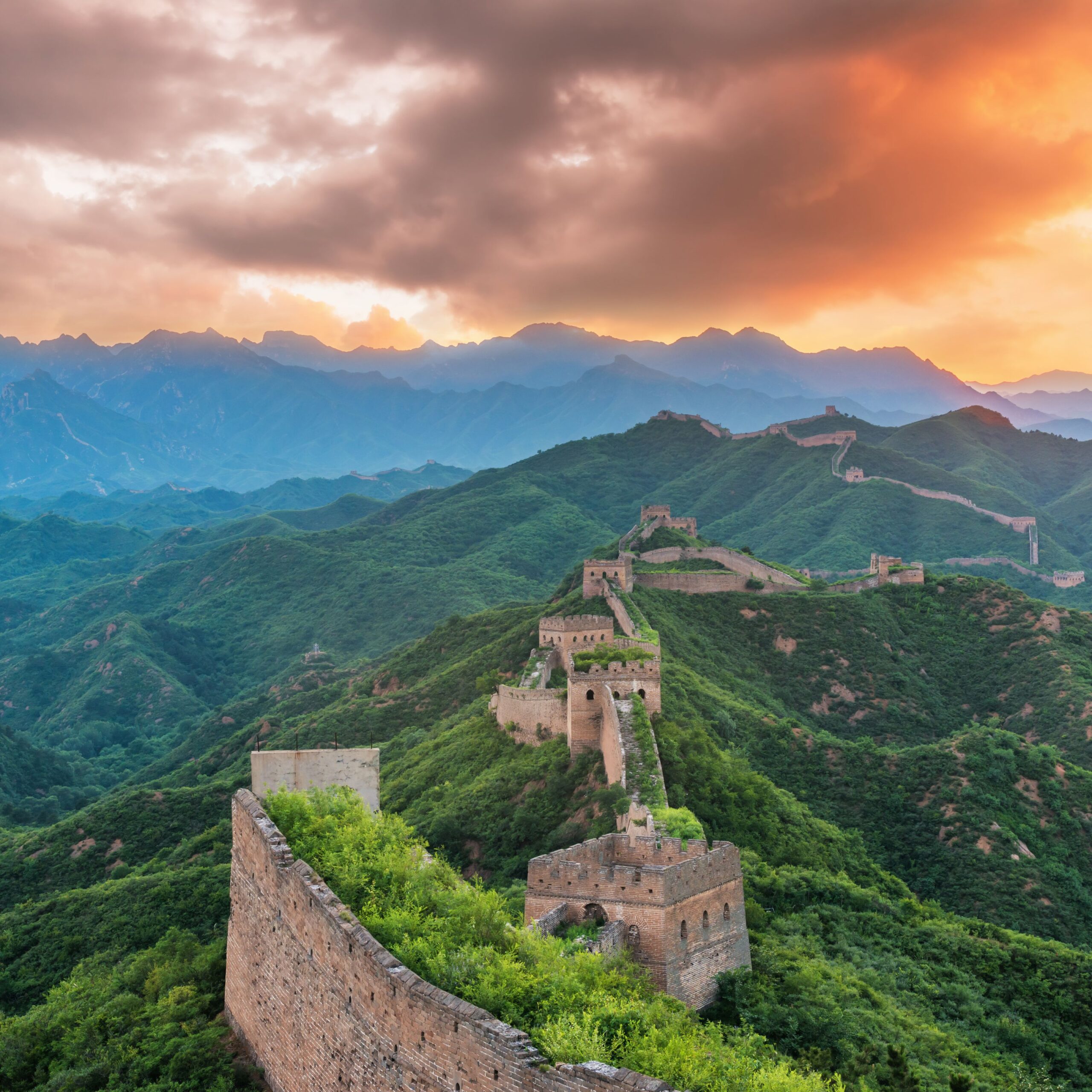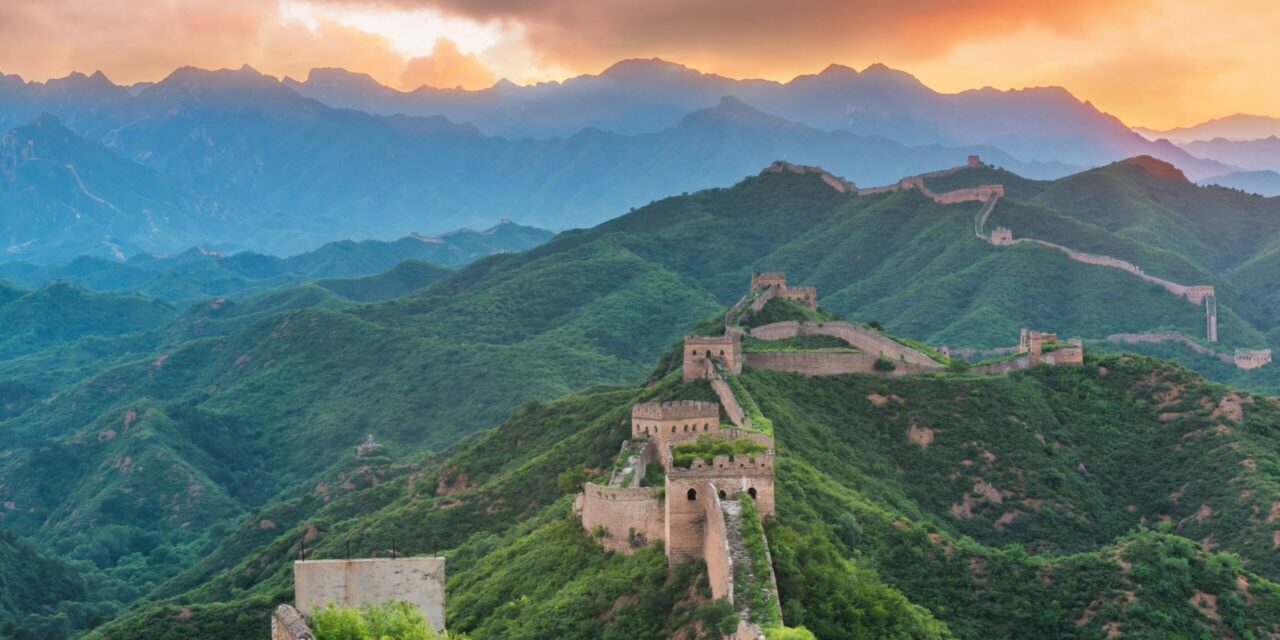In c. 220 B.C., under Qin Shi Huang, sections of earlier fortifications were joined together to form a united defence system against invasions from the north. Construction continued up to the Ming dynasty (1368–1644) when the Great Wall became the world’s largest military structure. Its historic and strategic importance is matched only by its architectural significance. Read the complete article with PK Halder and get enough knowledge about the Great Wall Of China.
synthesis
The Great Wall was continuously built from the 3rd century BC to the 17th century AD. It started built on the northern border of the country as the great military defence project of successive Chinese Empires. At starting it proposed with a total length of more than 20,000 kilometers. The Great Wall begins in the east at Shanhaiguan in Hebei province and ends at Jiayuguan in Gansu province to the west. Its main body consists of walls, horse tracks, watch towers, and shelters on the wall. It also includes fortresses and passes along the Wall.

Map-Great-wall-of-chaina
The Great Wall reflects collision and exchanges between agricultural civilizations and nomadic civilizations in ancient China. It provides significant physical evidence of the far-sighted political strategic thinking and national defence forces of central empires in ancient China. Also it is an outstanding example of the superb military architecture, technology and art of ancient China. It embodies unparalleled significance as the national symbol for safeguarding the security of the country and its people.
Important facts about Great Wall of Chaina
- The Great Wall of the Ming is, not only because of the ambitious character of the undertaking but also the perfection of its construction, an absolute masterpiece. One of the only work built by human hands on this planet that can be seen from the moon. This world heritage has also been considered as one of the seven wonders of the world. The Wall constitutes, on the vast scale of a continent, a perfect example of architecture integrated into the landscape.
- Chinese imposed their models of construction and organization of space in building the defence works along the northern frontier. All these happened during the Chunqiu period. The spread of Sinicism was accentuated by the population transfers necessitated by the Great Wall.
- That the Great Wall bear exceptional testimony to the civilizations of ancient China. Which is illustrated as much by the rammed-earth sections of fortifications. It dated from the Western Han that are conserved in the Gansu province as by the admirable and universally acclaimed masonry of the Ming period.
- This complex and diachronic cultural property is an outstanding and unique example of a military architectural ensemble. Which served a single strategic purpose for 2000 years. Whose construction history illustrates successive advances in defence techniques and adaptation to changing political contexts.
- The Great Wall has an incomparable symbolic significance in the history of China. Its purpose was to protect China from outside aggression. Also to preserve its culture from the customs of foreign barbarians. Because its construction implied suffering. It is one of the essential references in Chinese literature. Also being found in works like the “Soldier’s Ballad” of Tch’en Lin and the popular novels of the Ming period.
Integrity
The Great Wall integrally preserves all the material and spiritual elements and historical and cultural information that carry its outstanding universal value. A complete route of the Great Wall over 20,000 kilometers. The building methods of the Great Wall in different times and places have been integrally maintained. This visual integrity of the Wall at Badaling has been impacted negatively by construction of tourist facilities.

The-great-wall-length
Authenticity
The existing elements of the Great Wall retain their original location, material, form, technology and structure. That is how authenticity of the setting of the Great Wall is vulnerable to construction of inappropriate tourism facilities.
Protection and management requirements
The various components of the Great Wall have all been listed as state or provincial priority. These has been protected sites under the Law of the People’s Republic of China on the Protection of Cultural Relics. The series of Great Wall Conservation Plans, which is being constantly extended and improved and covers various levels from master plan to provincial plans and specific plans
Outstanding Universal Value of the Great Wall and all its attributes must be protected as a whole. so as to fulfill authentic, integral and permanent preservation of the property. These heritage site has been recognised as one of the










